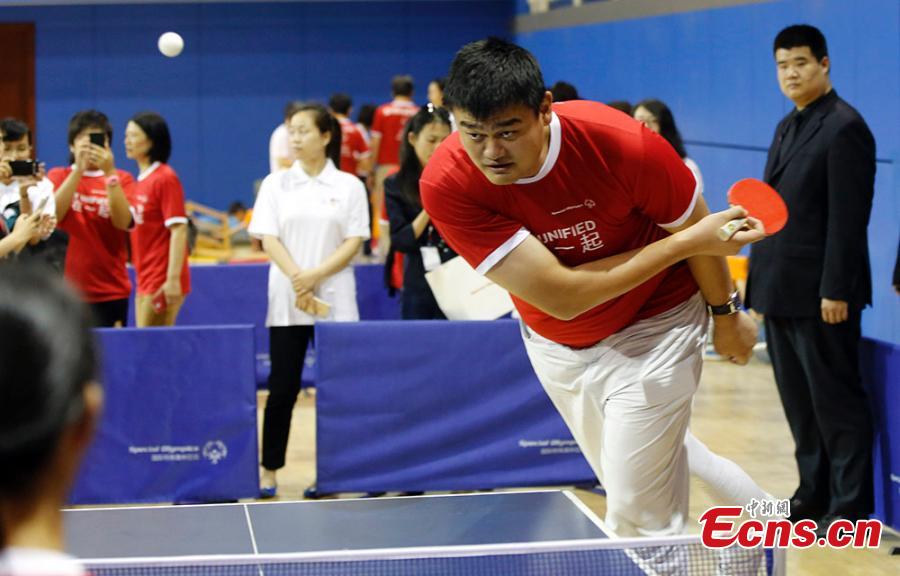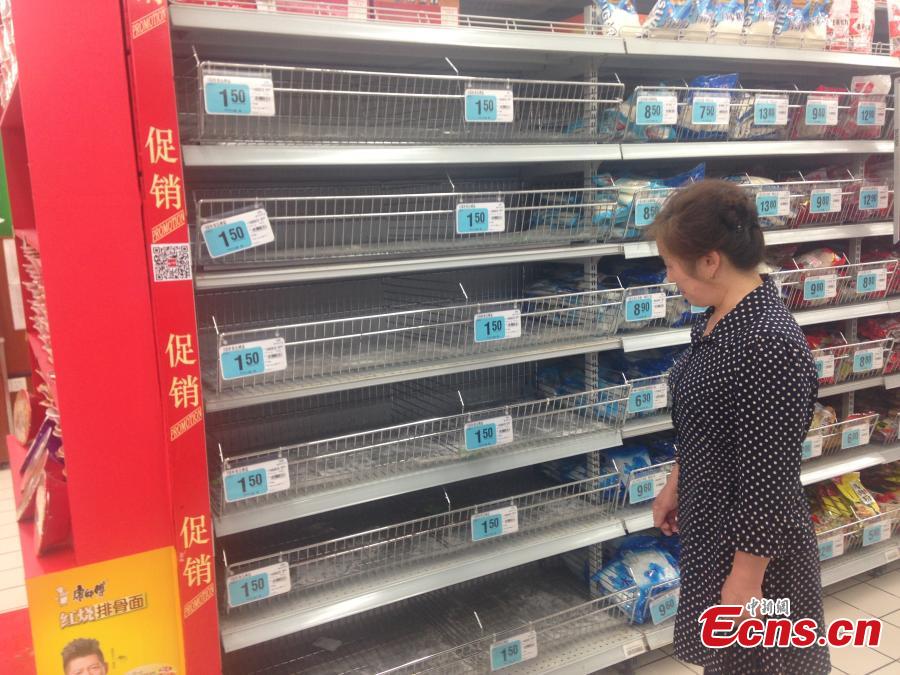(Ecns.cn)--China has managed to sustain high-speed economic growth since its reform and opening-up decades ago, and made noteworthy achievements in improving people's livelihoods by lifting hundreds of millions of Chinese, especially those in the countryside, out of poverty.
However, questions have been raised regarding the poor who now live in cities, a special group created by rapid economic transition and accelerated urbanization.
In the Chinese Academy of Social Sciences' Report on Urban Development of China (No.4), the topic was addressed in an obscure chapter, disclosing that more than 50 million people who live in urban areas are considered impoverished – a number that shocked many.
Song Yingchang, director of the Chinese Academy of Social Sciences' Institute for Urban and Environment Studies and the chief writer of the report, said urban poverty is an important aspect of Chinese society in the country's transition from a planned economy to a market economy.
The 50 million city residents do not live in absolute poverty – at least compared to millions of people who are destitute in rural areas – and they are not covered by the country's most influential aid programs, making them victims of the government's imperfect social security network, Oriental Outlook Weekly commented in a report on Monday.
Three types of poor
According to Song, there are three types of impoverished urban residents – migrant workers who come from rural areas, workers who lost their jobs during the economic transition, and new graduates who have trouble landing jobs.
Rapid urbanization led to the influx of poor people from the country to cities, Song added.
From 2011 to 2015, China aims to lift the proportion of urban residents of its total population from the current 49.7 percent to 51.5 percent, according to the 12th Five-Year Plan.
Chinese cities 'absorb' 10 million rural residents on a yearly basis, and more than 80 percent of them are impoverished, Song noted.
Although they receive subsidies and professional training from local governments and social security networks to help them find jobs, they are still under mounting psychological and financial pressure caused by the widening wealth gap and soaring inflation, Oriental Outlook Weekly pointed out.
Since most of these workers lost their jobs in the 1990s when China was in economic transition, they will retire in less than 10 years, another alarming signal of the country's already acute aging problem.
For new graduates, the epidemic of unemployment makes them "feel like they are being abandoned by the era of rapid economic growth," Song said.


















